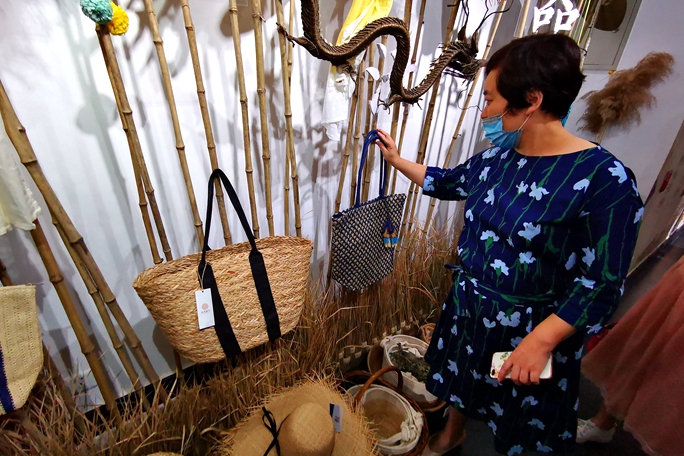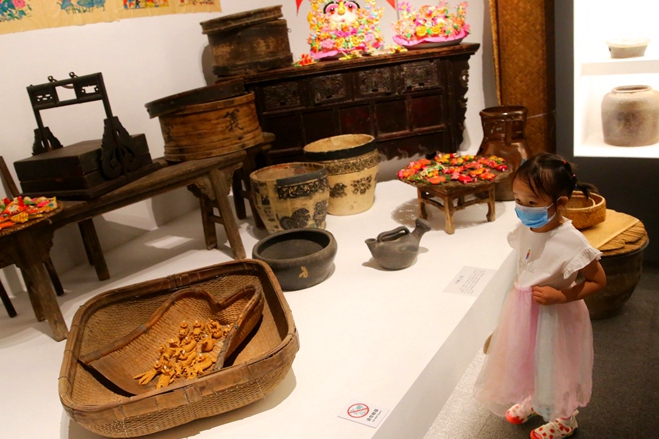Overseas teens learn about ancient Chinese characters
More than 30 overseas Chinese teenagers from Germany, Russia and other countries visited the Wang Yirong Museum in Yantai, East China's Shandong province on July 9 to explore the origin and evolution of Chinese characters.
Wang Yirong (1845-1900), a scholar and antiquarian born in Yantai, was the first person who discovered and collected oracle-bone inscriptions in China.
Oracle-bone inscriptions, also known as Jiaguwen, are ancient Chinese writings carved on animal bones and tortoise shells. They are a primitive form of Chinese characters and the oldest fully developed characters in China.
Chinese oracle-bone inscriptions were included on the list of the UNESCO Memory of the World International Register in 2017.
The youngsters were also taught about Wang's life and patriotism and learned how to write the ancient Chinese oracle-bone inscriptions during their trip.
 |
|
Chinese teenagers learn about oracle-bone inscriptions at Wang Yirong Museum, Fushan district, Yantai, East China's Shandong province on July 9. [Photo by Feng Weizhu/VCG] |
 |
|
Mao Min (left), an expert on oracle-bone inscriptions, showcases her works to overseas teenagers at Wang Yirong Museum, Fushan district, Yantai. [Photo by Feng Weizhu/VCG] |
 |
|
Mao Min (left), teaches an overseas teenager how to write oracle-bone inscriptions on July 9 at Wang Yirong Museum. [Photo by Feng Weizhu/VCG] |
 |
|
Chinese teenagers present their oracle-bone inscriptions at Wang Yirong Museum. [Photo by Feng Weizhu/VCG] |
 |
|
Chinese youngsters from overseas showcase their oracle-bone inscriptions at Wang Yirong Museum in Fushan district, Yantai, East China’s Shandong province. [Photo by Feng Weizhu/VCG] |

 Shandong Culture and Tourism Consumption Season
Shandong Culture and Tourism Consumption Season Culture, tourism sectors pick up in Shandong as epidemic wanes
Culture, tourism sectors pick up in Shandong as epidemic wanes

